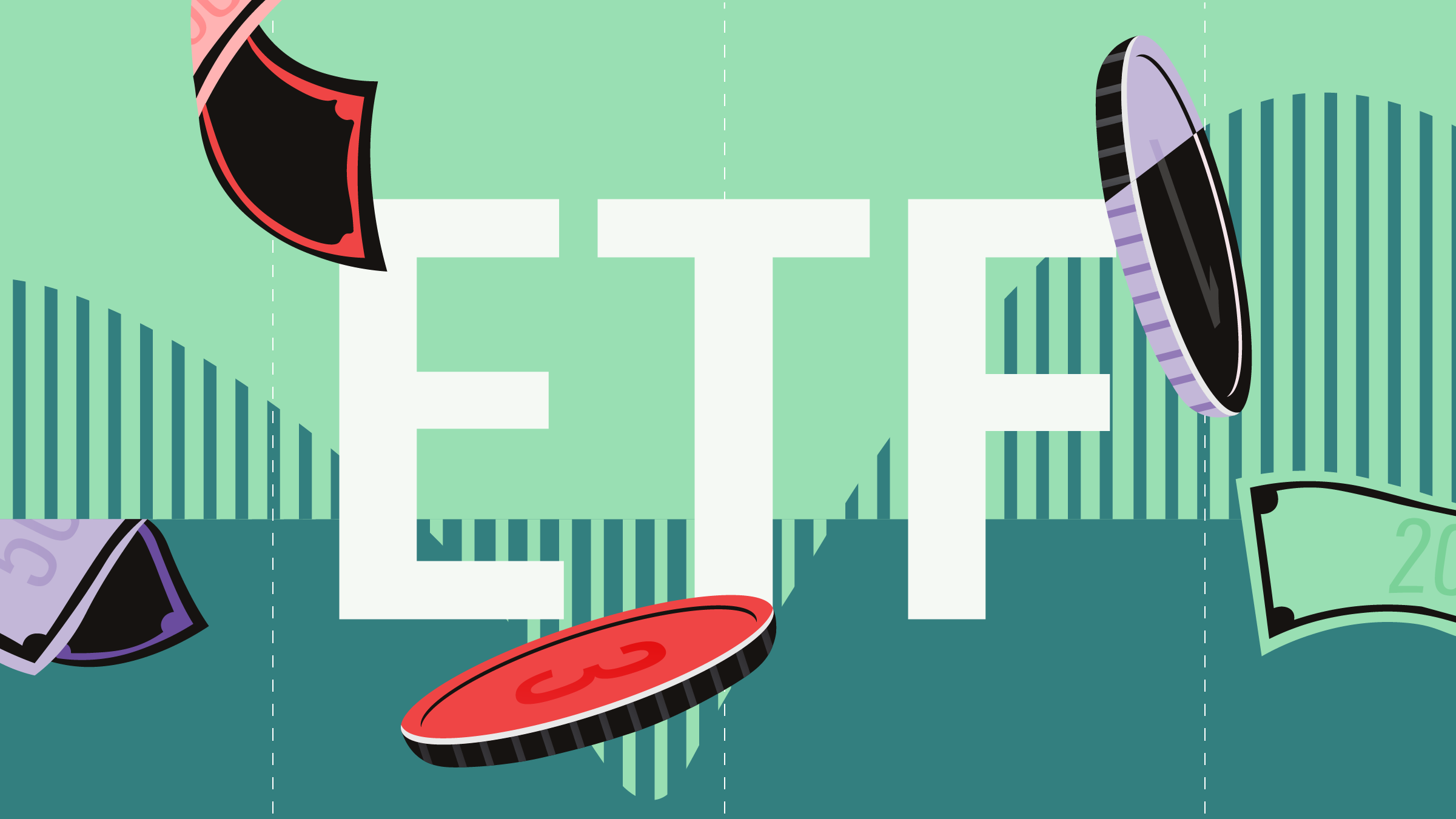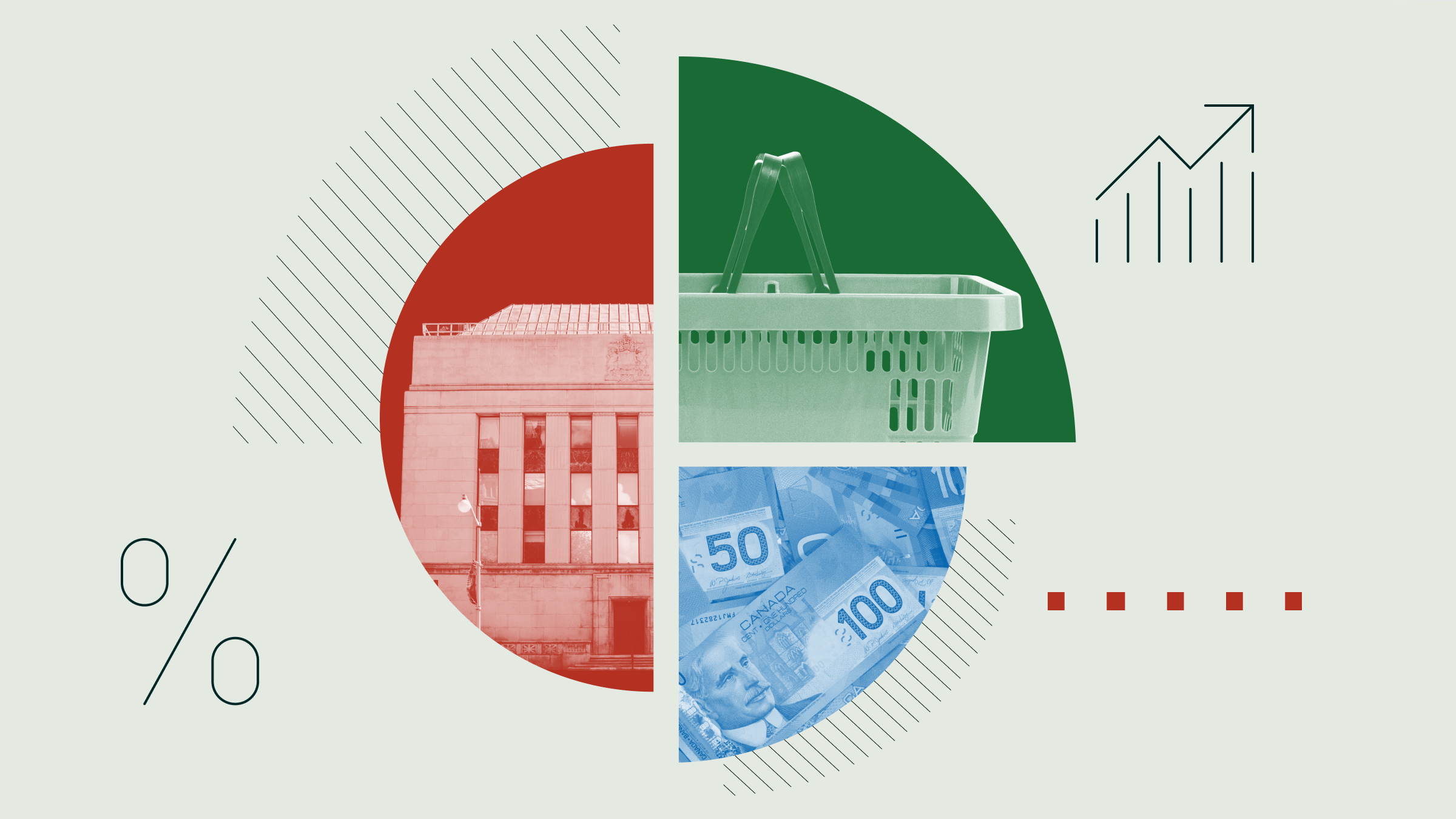Mike Rawson: International equities can be a great way to diversify a portfolio, and exchange-traded funds can be a great way to obtain that exposure because of their low cost. Additionally, ETFs are generally diversified. However, there are more than 200 international ETFs to choose from, so coming through that investment landscape can be quite daunting. I'm Mike Rawson with Morningstar. Joining me today is Patty Oey, ETF analyst with Morningstar. Patty, thanks for joining me.
Patricia Oey: Thanks for having me.
Rawson: Patty, there are a lot of issues to think about when you go international, when you're investing in ETFs. What are some of the things that come to mind? How should investors be using international equity ETFs?
Oey: Well, for core exposure we definitely like some of these very simple, plain-vanilla market-cap-weighted index funds. Examples of these are iShares and Vanguard. They both have ETFs that track the MSCI EAFE Index, that's a developed-market equities index and the MSCI Emerging Markets Index.
We also like ETFs that track maybe what can be considered a strategy index or a quantitative index. WisdomTree has a suite of dividend-weighted ETFs, and we like these ETFs because we feel that dividends can be kind of an indicator of quality and dividend funds also tend to have a value tilt. And this is important for long-term investors as the value premium has also been observed in international equities. So, the WisdomTree funds we like. There is one for emerging markets, the ticker is DEM and one for developed equities, the ticker is DWM. Both of these funds have exhibited higher returns and lower volatility relative to their comparable MSCI indexes.
Rawson: So, Patty, you've talked about using market-cap and value-titled indexes that are broadly diversified as core parts of your portfolio. What about single-country ETFs?
Oey: Well, single-country ETFs are very useful for tactical investing and also for customizing a portfolio. We don't recommend them as core holdings. One thing that we should note is that with international markets, even developed markets, their capital markets are not as robust as the U.S. So, with some of these market-cap-weighted, single-country funds, they can be very top-heavy or they can have very outsized sector exposures. But otherwise you can kind of look at them as U.S. sector funds. It's a way to do tactical investing and to customize your portfolio.
Rawson: So, the broadly diversified ETFs can be used as core holdings. Single-country funds are generally a little bit more tactical and perhaps speculative?
Oey: Yes.
Rawson: Now, moving on, some investors are concerned when they invest in international ETFs because they notice that these ETFs can trade at premiums and discount intraday and that premium or discount can fluctuate quite a bit. Is this something an investors should be concerned about?
Oey: Well, yeah. There have been some reports that international equity ETFs are risky because they trade away from their index. But investors need to keep in mind that these ETFs are trading in U.S. markets, and a lot of times, there are underlying holdings which trade in international markets. Those international markets are closed, so while these ETFs are trading in the U.S., they are reflecting recent news and market events, and so it's not a surprise that they will trade away from their net asset value.
Actually, we can say that ETFs trading in the U.S. can serve as price-discovery vehicles, and instead of focusing on the premium discount, we recommend investors check the bid-ask spreads. If the bid-ask spread is tight, it shows that the market agrees on the price of the ETF and also that the ETF is liquid.
Rawson: So, you're saying that the premium or discount, if it's a mechanism for price discovery, often if an ETF is traded at a premium, it's an indication that that ETF, that index, may trade up the next day. So, by buying in the ETF today, you're not necessarily overpaying for that ETF, you're actually probably getting a fair deal. So, what you're recommending is to look at the bid-ask spread as an indication of liquidity?
Oey: Right. And it's also important to note that different fund providers, they calculate the NAV differently. Vanguard and Van Eck, when the markets are very, very volatile, they actually use fair value pricing, and that means they will adjust the NAV to reflect recent market events. So, their ETFs will trade at lower premiums and discounts relative to other providers who don't use fair value pricing with their NAVs.
So, we look at the Vanguard and iShares ETFs that track the MSCI EAFE Index. When we look at them, they can trade at very different premiums and discounts to their NAVs, to their respective NAVs. But when you look at how their market prices perform in the U.S. market, they have performed very similarly. So, it kind of shows the price-discovery mechanism at work.
Rawson: Another source of concern for investors is currencies. Currencies add in an element of risk, but perhaps another side of the diversification or return benefit from international investing. How should investors think about currencies when they're looking at international ETFs?
Oey: Well, currencies is definitely an issue, definitely in the short term. People like to invest in international equities. It kind of gives them exposure to foreign currencies, and that can help offset the possibility of a falling dollar, but investors should note, especially during these times, when we see a lot of global market volatility, the U.S. dollar tends to rise, and when the dollar is rising, it negatively affects your international equity holdings.
We also point out that emerging markets are always considered a kind of a riskier asset class. So, when investors become more risk-adverse, they quickly leave emerging markets, whether it's equities or bonds, and that can negatively affects the currency. It also negatively affects the equities. So, you have kind of the double whammy when markets become very volatile.
Rawson: Absolutely. Are there any other factors that we should look at when looking at international equity ETFs?
Oey: Well, ETFs are known to be very tax-efficient. For international equity ETFs, they can be a little bit less tax-efficient. Some markets don't allow the in-kind redeem and create process, and instead, authorized participant have to use cash creates and redeems. So, that can result in distributable capital gains. One thing fund providers can do to try to avoid this is to build up unrealized tax losses, but sometimes, that's not always possible.
Rawson: So, Patty, thanks for joining me and explaining international equity ETFs to us today.
Oey: My pleasure.
Rawson: Thanks for joining me. I am Mike Rawson with Morningstar.

















